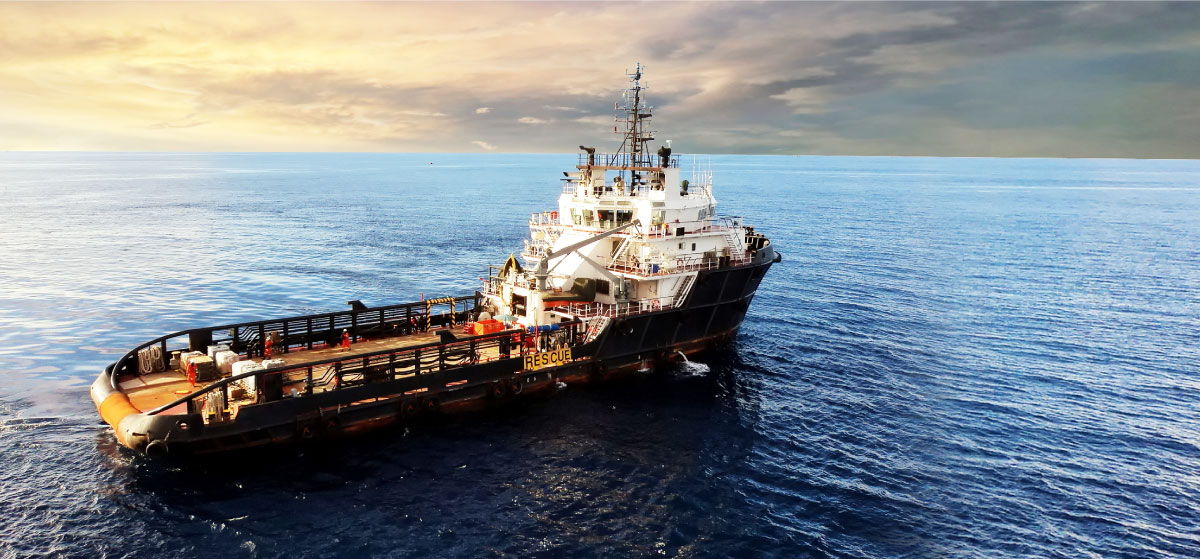
In recent years, cloud giants, including Facebook, Microsoft and Amazon, have been more invested in submarine cable construction projects instead of simply paying their operators to use international bandwidth. With internet data consumption growing by 70 percent in Asia, such investments are critical in meeting the needs of connected consumers and businesses. Google’s investment in such projects is inevitable.
Google’s latest investment alongside AARNET, Indosat Ooredoo, Singtel, SubPartners and Telstra in a new international subsea cable, INDIGO will connect Singapore to Perth and Sydney. The system does allow connections between Singapore and Jakarta.
Better internet means better business operations, better user experiences and the ability to serve even more customers. With many people coming online across Asia, it is important to enable better internet connectivity across the region.
The Benefits
Spanning 9,00km, the subsea cable will be able to provide additional capacity to mitigate disruptions caused by fiber cuts, as well as to meet the growing demand for internet services. Each of two fiber pairs of Indigo is able to provide a minimum capacity of 18 terabits per seconds, which can be increased in future, making it possible to transmit 7.2 million high-definition movies simultaneously from Singapore to Sydney. According to Google, Indigo’s capacity will enable people in two cities to join eight million simultaneous high-definition Google Hangout Video conference calls, showing an example of Google ‘s remarkable network. This would also mean good news for Google’s customers as there would be more bandwidth available between cities like Sydney and Perth to the rest of Asia.
Indigo opens up the opportunities for people in the region as well as Google customers. In addition to this new cable, Google has also invested in seven submarine cable system and five of which are in Asia.
Constructed by Alcatel Submarine Networks, the new cable is set to complete by mid-2019.